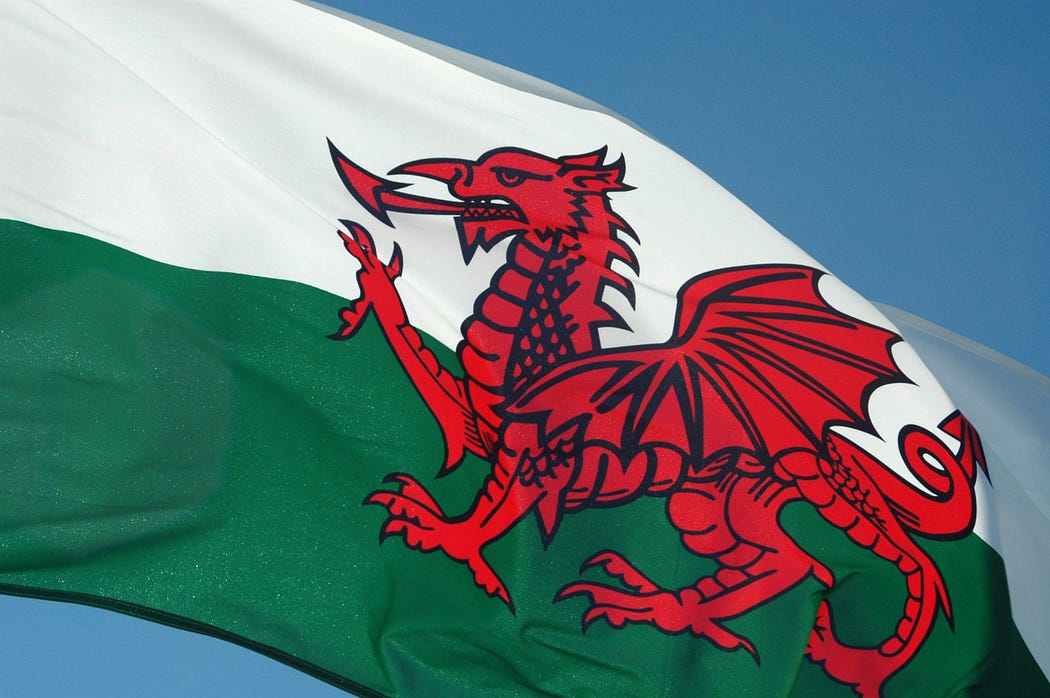Dragons have captivated human imagination for millennia, appearing in myths, legends, and cultural artifacts across the globe. From ancient Mesopotamia to medieval Europe and the Far East, these mythical creatures have left an indelible mark on human history. But were dragons merely figments of our ancestors’ imaginations, or could there be some truth behind these enduring tales? This article explores the fascinating world of dragons, examining historical accounts, cultural significance, and potential explanations for their ubiquitous presence in human folklore.
Watch DRAGONS and Ancient Tales of the Flying Serpents here
One of the earliest recorded mentions of dragons comes from ancient Mesopotamia, dating back to 3000 BC. The Usham Galu, a lion-dragon demon, appears in various forms of art and literature from this period. Fast forward to the 1st century AD, and we find Pliny the Elder , a roman author, providing detailed descriptions of dragons in his work “Natural History.” Pliny describes creatures capable of strangling elephants with their tails, painting a vivid picture of these fearsome beasts.

Perhaps one of the most famous historical accounts comes from Marco Polo in the 13th century. During his travels to China, Polo claimed to have encountered a “huge serpent” with sharp teeth and jaws wide enough to swallow a man whole. In his book The Travels of Marco Polo,
“Here are found snakes and huge serpents of such vast size as to strike fear into those who see them, and so hideous that the very account of them must excite the wonder of those who hear it... You may be assured that some of them are ten paces in length; some are more and some less. And in bulk they are equal to a great cask, for the bigger ones are about ten palms in girth. They have two forelegs near the head, but for foot nothing but a claw like the claw of a hawk or that of a lion. The head is very big, and the eyes are bigger than a great loaf of bread. The mouth is large enough to swallow a man whole, and is garnished with great pointed teeth.”

Dragons hold a special place in cultures worldwide, appearing on coats of arms, flags, and in various cultural traditions. Countries such as Wales, Malta, and Bhutan proudly display dragons on their national flags, while countless families, cities, and institutions incorporate dragon imagery into their heraldry.

Interestingly, Eastern and Western cultures have developed contrasting perspectives on dragons. In many Eastern traditions, particularly in China and Japan, dragons are revered as symbols of power, prosperity, and protection. They are often associated with wisdom and good fortune. In contrast, Western mythology frequently portrays dragons as fearsome creatures to be slain by heroes, embodying chaos and destruction.
This dichotomy raises intriguing questions about the origins and evolution of dragon myths across different cultures. How did such similar creatures come to represent such different ideas in various parts of the world?
Recent archaeological discoveries continue to shed light on the dragon phenomenon. In 2023, a massive Usham Galu statue was unearthed in Iraq, dating back to around 2700 BC. This finding underscores the long history of dragon-like creatures in human culture. Additionally, paleontological discoveries like the “Chinese Dragon” fossil (Deinocyphalosaurus orientalis) in 2003 demonstrate how real prehistoric creatures could have inspired dragon legends.

It’s worth noting that the first dinosaur fossils weren’t scientifically recognized until the 19th century. This late discovery raises questions about how our ancestors interpreted any large, mysterious bones they may have uncovered.
.png)
Comments & Upvotes